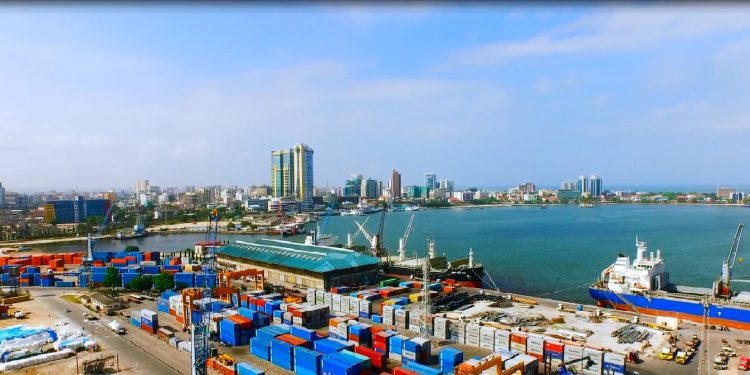The prevailing container shortages due to supply chains disruptions is dealing a blow to cashew nut exports from Tanzania.
In June 2021, Tanzania’s President Samia Suluhu issued an order instructing that all cashew nuts produced in the Southern regions be exported via the Mtwara Port. At the time, the congestion at Dar Port necessitated this action.
In a new turn of events, Agriculture deputy Minister Mr. Hussein Bashe said over the weekend that the government has allowed use of Dar es Salaam port to ship cashew nuts.
According to Mr. Bashe, the decision is informed by the challenge of accessing empty containers and severe increase in freight rates at the Mtwara Port. The facility helps in exporting cashew nuts produced in Mtwara, Lindi, and Ruvuma regions.
Apparently, the traders pay between US$ 120 and US$ 190 for transporting one ton of cashew nuts at the Mtwara Port compared to US$ 74 charged to a similar consignment at the Dar es Salaam Port.
“The shortage of containers is a global issue caused by the COVID-19 outbreak and the shift in global supply chain making it more expensive to transport cargo using the Mtwara Port. Following these challenges, President Samia Suluhu has instructed the use of both (Mtwara and Dar es Salaam) ports in order to give traders choices of export ports and reduce costs of transportation,” said Mr. Bashe.
Tanzania is Africa’s fourth-largest producer of cashew nuts after Nigeria, Ivory Coast and Guinea. Approximately 10-15% of the country’s foreign exchange comes from the crop’s export.
Professor Vinh Thai, a shipping and logistics expert at RMIT University and the founder of the Australian Maritime Logistics Research Network, says that the problem of shortage of containers began early last year.
The national lockdowns and restrictions saw huge reduction in demand for goods. Therefore, vessels would skip a port in a route or sometimes skip the whole voyage. This led to a situation where many empty containers abandoned around ports and not picked up leaving countless units in the wrong place at the wrong time.
As the pandemic evolved, consumers wanted to buy all sorts of goods, like exercise equipment, office equipment, laptops, new furniture supplies for their homes. That created a huge demand for all sorts of different products as well as raw materials. These major disruptions have thrown the networks into disarray and meant many retailers are now struggling to acquire shipping containers.
And the scarcity is increasing costs. In 2019, a 40-foot container would cost typically about US$2,000 to ship from Asia to the US. In late September, if it was time-sensitive, it could have cost as much as US$25,000.
Prof. Thai says the effects could become more pronounced in the weeks and months ahead. “Consumers like you and I will have to wait a long time for goods to be loaded on the shelf at supermarkets and I expect some prices will increase.”
China, where most shipping containers are built, has increased production but current demand and snarl-ups in the systems are too overwhelming.






